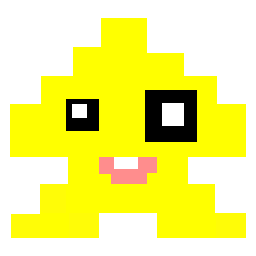Json Node Lexer (JNL pronounced ‘Janelle’)
100% Blueprints JSON Encoder/Decoder based on the worlds fastest JSON parser: JSMN by Serge Zaitsev
- Supports all JSON constructs: Objects, Arrays, Array of Objects, Strings, Primitives
- Provides UnrealEngine Datatypes: Integer, Float, String, Name, Text, Bool, Vector, Rotator, Transform, UObject
- Hierarchical encode/decode for cleaner organization.
- Save/Load with Network Replication
Curriculum
- 1 Section
- 7 Lessons
- 10 Weeks
Expand all sectionsCollapse all sections
- JNL Beginner
JSON (JavaScript Object Notation) is a language independent ASCII data-interchange format based on a subset of the JavaScript Programming Language, that is easy for humans to read and write, and easy for computers to parse and generate.
JSON is built on three universal structures supported by most modern programming languages:
- Name-Data Pair: Set of two linked data items in which the Name is a unique identifier for the item of Data. Aliases: Key-Value Pair. A value can be a string in double quotes, or a number, or true or false or null, or an object or an array.
- Object: A unordered collection of Name-Data pairs. Aliases: Record, Struct, Dictionary, Hash table, Keyed list, or Associative array. An object begins with { (left brace) and ends with } (right brace). Each name is followed by : (colon) and the name-value pairs are separated by , (comma).
- Array: An ordered list of values. Aliases: Vector, List, or Sequence. An array begins with [ (left bracket) and ends with ] (right bracket). Values are separated by , (comma).
These structures can be nested, arranged in a hierarchy and serialized into a single piece of data. All of these properties are makes JSON ideal for data-interchange internally and externally to a computer program.
7
